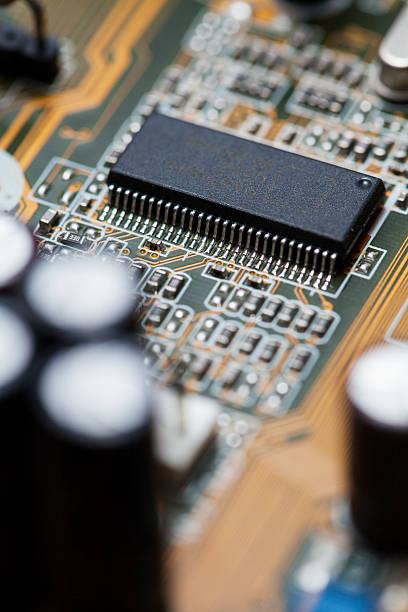* On your first PCB Assembly order!
* Up to $300 discount
 C - A L L E Y
C - A L L E Y 
Home | Events | PCB | About Us | News | Contact Us
When testing PCB boards, it's important to pay attention to certain details to ensure product quality. Here are some important considerations to keep in mind:
1) Do not use grounded test equipment to contact live TV, audio, video, or other equipment on the bottom plate without an isolation transformer. Directly testing such equipment without power isolation transformers with grounded shells is strictly forbidden. Make sure to verify if the chassis of the equipment is charged before coming into contact with it, as failure to do so can cause short circuits and affect integrated circuits.
2) Pay attention to the insulation performance of the soldering iron when testing the PCB board. Do not use an electrified soldering iron, and ground the shell of the soldering iron. Be particularly careful with MOS circuits and use a low-voltage electric soldering iron of 6~8V for safety.
3) Before testing the PCB board, it's crucial to have a good understanding of the working principle of the integrated circuit and its related circuits. Be familiar with the function of the integrated circuit, its internal circuit, main electrical parameters, the function of each pin, and the working principle of the circuit composed of normal voltage, waveform, and peripheral components of the pin.
4) Be cautious to avoid causing short circuits between pins when testing the PCB board. When measuring voltage or testing waveforms with an oscilloscope probe, ensure that the test leads or probes do not cause a short circuit between the pins of the integrated circuit, as this can easily damage the integrated circuit. Extra care must be taken when testing flat-pack CMOS integrated circuits.

Common Senses For Detecting PCB Board
5) When measuring the DC voltage of integrated circuit pins, use a multimeter with an internal resistance greater than 20KΩ/V to avoid large measurement errors for some pin voltages.
6) Pay attention to the heat dissipation of the power integrated circuit when testing the PCB board. The power integrated circuit should have good heat dissipation, and it is not allowed to work in a state of high power without a heat sink.
7) The detection of PCB board leads should be reasonable. When adding peripheral components to replace the damaged part of the integrated circuit, select small components and ensure that the wiring is reasonable to avoid unnecessary parasitic coupling, especially the grounding between the audio power amplifier integrated circuit and the preamplifier circuit.
8) Check the PCB board to ensure the welding quality. When welding, make sure it is firmly welded to avoid virtual welding caused by the accumulation of solder and pores. The welding time should generally not exceed 3 seconds, and the power of the soldering iron should be about 25W for the internal heat type. Carefully inspect the soldered integrated circuits and use an ohmmeter to measure whether there is a short circuit between the pins before turning on the power.
9) Do not easily judge the damage to the integrated circuit when testing the PCB board. Keep in mind that most integrated circuits are directly coupled, and abnormal circuits may cause multiple voltage changes, which may not necessarily indicate damage to the integrated circuit.
Why Choose China PCBA Supplier KSPCBA as Your Common Senses For Detecting PCB Board Manufacturer?
– Experienced and skilled team
– State-of-the-art equipment
– Strict quality control
– Excellent customer service
– Competitive price

Please send Email to kspcba@c-alley.com or call us through +86 13828766801 Or submit your inquiry by online form. Please fill out below form and attach your manufacturing files( PCB Gerber files and BOM List) if need quotation. We will contact you shortly.
 +86 13828766801
+86 13828766801 kspcba@c-alley.com
kspcba@c-alley.com https://www.kingshengpcba.com/
https://www.kingshengpcba.com/ 2/F, Building 6, Tangtou 3rd Industrial Zone, Tangtou Community, Shiyan Town, Baoan District, Shenzhen, China, 518108
2/F, Building 6, Tangtou 3rd Industrial Zone, Tangtou Community, Shiyan Town, Baoan District, Shenzhen, China, 518108